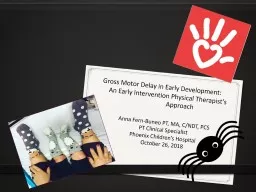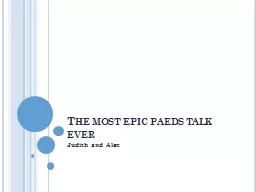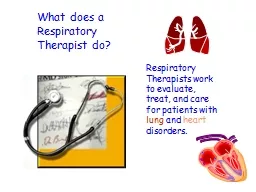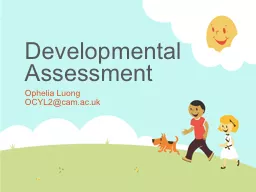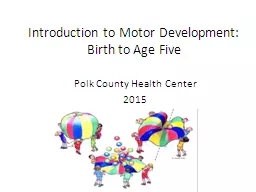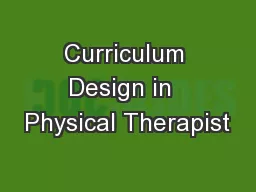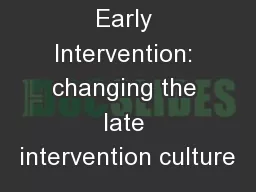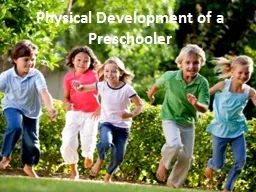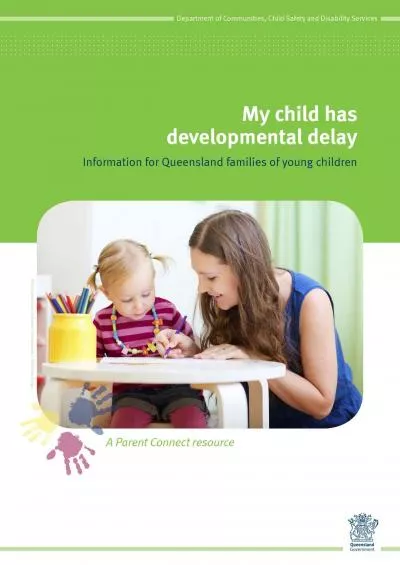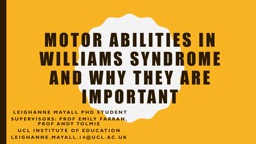PPT-Gross Motor Delay in Early Development: An Early Intervention Physical Therapist’s
Author : deena | Published Date : 2022-05-31
Anna FernBuneo PT MA CNDT PCS PT Clinical Specialist Phoenix Childrens Hospital October 26 2018 Who is the Pediatric Physical Therapist 3400 PTs in AZ 80 are in
Presentation Embed Code
Download Presentation
Download Presentation The PPT/PDF document "Gross Motor Delay in Early Development: ..." is the property of its rightful owner. Permission is granted to download and print the materials on this website for personal, non-commercial use only, and to display it on your personal computer provided you do not modify the materials and that you retain all copyright notices contained in the materials. By downloading content from our website, you accept the terms of this agreement.
Gross Motor Delay in Early Development: An Early Intervention Physical Therapist’s: Transcript
Download Rules Of Document
"Gross Motor Delay in Early Development: An Early Intervention Physical Therapist’s"The content belongs to its owner. You may download and print it for personal use, without modification, and keep all copyright notices. By downloading, you agree to these terms.
Related Documents

